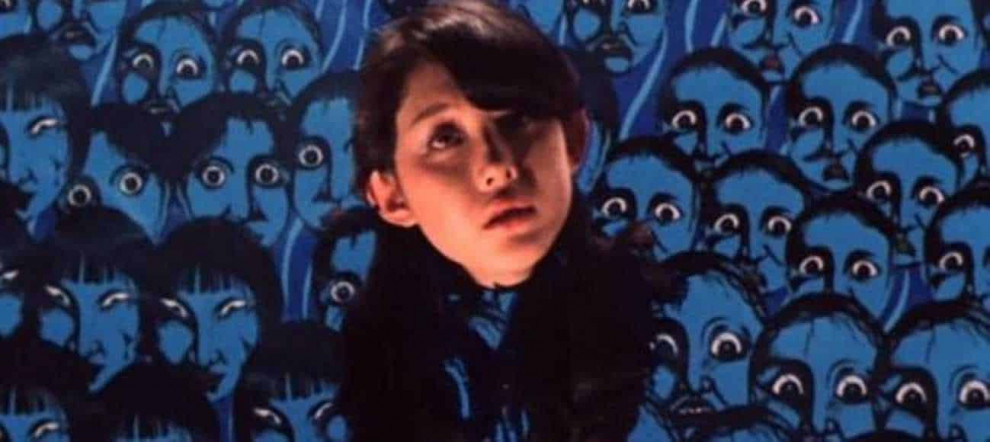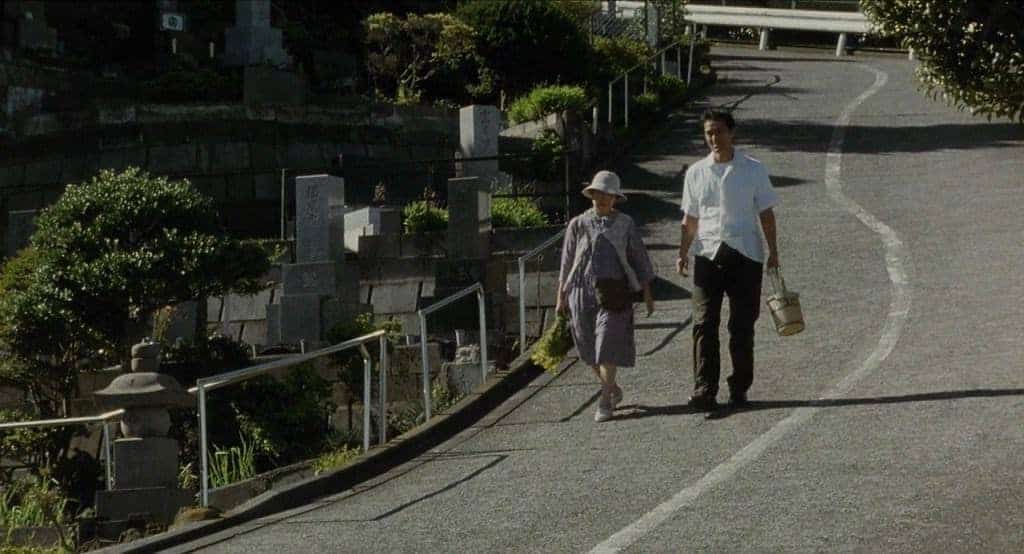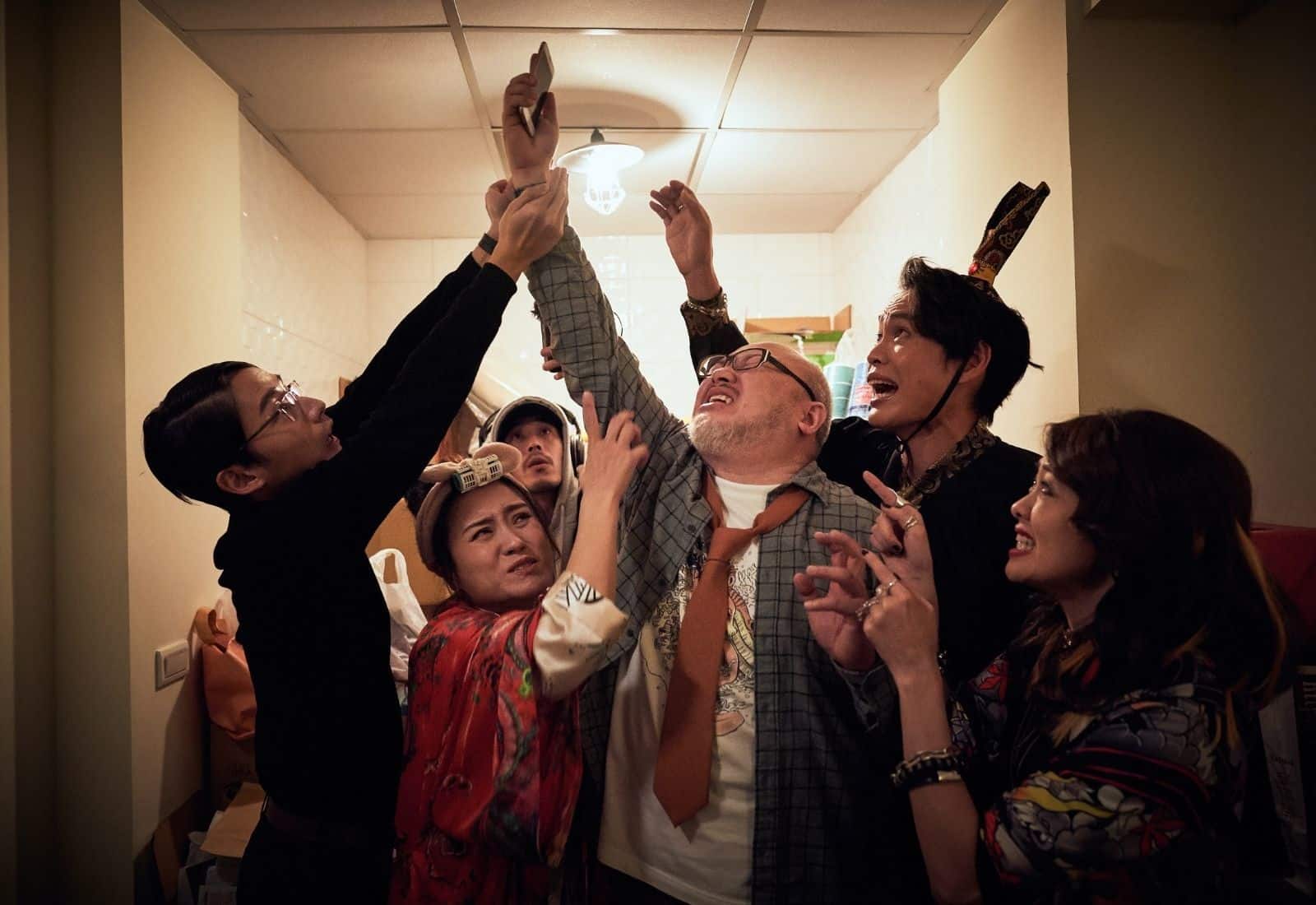by Omar Rasya Joenoes
When Luis Buñuel, that legendary, genius director among legendary, genius directors, refused the order of his mentor, Jean Epstein, to assist Epstein's mentor, Abel Gance, Epstein reportedly chided Buñuel by calling him a little prick compared to Gance and ending his scolding of the aspiring filmmaker by saying, “You seem rather surrealist. Beware of surrealists, they're crazy people.” Reportedly, this took place some time in 1927.
Fast forward almost one hundred years later, Epstein's words toward the father of cinematic surrealism sound glaringly ridiculous now for two reasons.
Firstly, while Abel Gance's stature of a revered pioneer remains legit, Luis Buñuel's stature is much higher. His accolades, influence, and filmography, with all due respect, dwarf not only Gance's but also Epstein's. The frequency of Buñuel's body of work appearing at the top or near the top of lists belonging to the likes of Sight & Sound or They Shoot Pictures Don't They? is shared neither by Epstein's nor Gance's. Buñuel is peerless, a cinematic genius whose style and substance are immediately apparent when you have the honor and the willingness of embracing his work. And no less than Alfred Hitchcock, regarded Luis Buñuel as the best director in the world.
Lastly, rather than crazy people, surrealists seem more to be daring, innovative, and maybe even timeless. From the beginning of its movement in the 1920s to this very day, surrealism influenced countless products of film, music, literature, and visual arts all over the globe. The most famous example of early surrealist film is no doubt Luis Buñuel's own Un Chien Andalou (1929), a short masterpiece he made in collaboration with his then best friend, the inimitable Salvador Dalí. Of their approach to creating the film, Buñuel remarked, “Our only rule was very simple: no idea or image that might lend itself to a rational explanation of any kind would be accepted. We had to open all doors to the irrational and keep only those images that surprised us, without trying to explain why”.
I would like to believe Nobuhiko Obayashi had the same train of thought before he made House (1977), the only Japanese film that could rival Branded to Kill (1967) for the title of the weirdest Japanese film ever made.
Buy This Title
Let's start with the most trivial aspect of the film: the story.
A high school girl and her six friends travel to a country home owned by her aunt, that turns out to be aiming to have the girls for breakfast, lunch, and dinner.
Nothing new, huh? A haunted house story among billions of haunted house stories you've probably seen or heard a billion times in your life.
But what elevates this to the status of a classic is the way it presents itself. Imagine an episode of Looney Tunes directed by Alejandro Jodorowsky & written by Sam Raimi and it would still not cover even half of the film's weirdness. “House” is a strange film that grows stranger as whatever resembles the plot progresses. It molds style, family drama, friendship tale, summer vacation, train ride, flashbacks, voice over, haunted house, lost love, silly hair, psychedelic wackiness, wind blowing machine, over the top acting, freeze frames, animated background, bones, dismemberment, a decapitating well, a laughing (and biting) head, mattresses that undress a teenage girl, a clock that runs on the undressed teenage girl, a woman-eating piano, a warrior-eating lamp, watermelons, bananas, possession by hair treatment, out-of-nowhere nudity, buckets of blood, out-of-this-world fight scenes, a body of water that strips a genius, campy jokes, and a cat into one film. It's a work which must be seen to be believed and even then it is guaranteed to surpass your wildest imagination.
Legend has it that much of the plot derived from the musings of Obayashi's then 11-year old daughter, which explains why the story is what it is. But of course the film's weirdness is Obayashi's himself. Formerly a director of advertisements, he opted to use a wealth of techniques to bring the film to life. Soft focus lens? Check. Stop-motion animation? Check. Quick cut? Check. Imposed images? Check. Color filters? Check, check, check.
We are never confused of what's happening in “House”. Everything is there to see. But all the same, we cannot tell what will happen next. This, in itself, is an achievement, for it means Obayashi had the audacity to follow his guts and trust his audience at the same time. Something which cannot be said for most filmmakers. And it showed maturity, especially considering this film was Obayashi's first full-length feature.
I can say without any reservation that this film is a one and only. Its originality has never been matched before or since. The critics absolutely love it (House has a 90% approval score on Rotten Tomatoes) and the film is now part of the prestigious Criterion Collection. 1977 also saw the debut of David Lynch, a filmmaker also known for his surrealistic work, with Eraserhead. It speaks volumes of how strange a film is the strangest film of David Lynch is nowhere near as strange.
Speaking from a personal viewpoint, I consider “House” to be one of the only 2 horror films to acquiesce to the rules previously spoken by Luis Buñuel, the other film being Carl Theodor Dreyer's Vampyr (1932). Of course, this doesn't mean the film is senseless. This simply means the film isn't meant to be analyzed for meaning. It goes without saying that looking for meanings is all too common in films, let alone surrealistic films. Luis Buñuel famously hated the critics' interpretations of his work. As a fan of his work, I never personally looked for meanings whenever I had the chance to enjoy his films. I couldn't help but feel “House” is also a film, where, if you come at it looking for meanings, then you would be arriving at the wrong address. Not because the film is meaningless, you see, but because meanings might not be the film's primary objective to begin with. Its meaning really lies in the creativity of the director who was willing to share what he had in mind with all of us.
House elevates most everyday occurrences like riding a train and preparing to eat a fruit to such heights that most of our minds couldn't even conjure. Would it be inaccurate to admit that I believe Obayashi went for broke with his first film? He made short art films during the 1950s and 1960s while also dabbling in commercials. He was almost 40 before he got to debut, and just like many film greats who were late bloomers (like Mario Bava and Michael Haneke), he never topped his first film, because the first film feels like a burst or even an explosion of buried and repressed imaginations which were previously dormant for years if not decades. Obayashi had a fulfilling career following “House”, but this is the film the whole world will remember him for. Without question, it is his magnum opus.
If someone were to say to my face, “Beware of surrealists! They're crazy people!”, I would respectfully respond, “Call them daring, call them innovative, but never call them crazy”.
“House” is a film where a music-loving girl who just had her fingers chewed off by a grand piano nonchalantly looked, smiled, and remarked how her fingers are now gone. She followed it by a shriek, but her smile never really left her face as the piano slowly devoured her. Alive.
How many things are more daring and innovative than that?

















